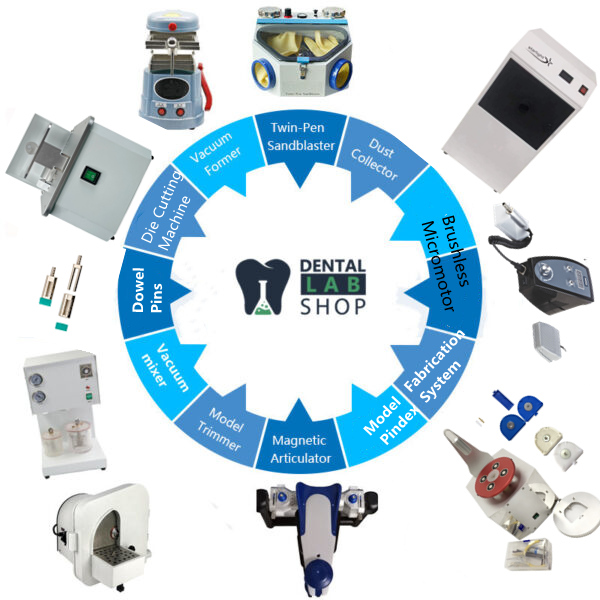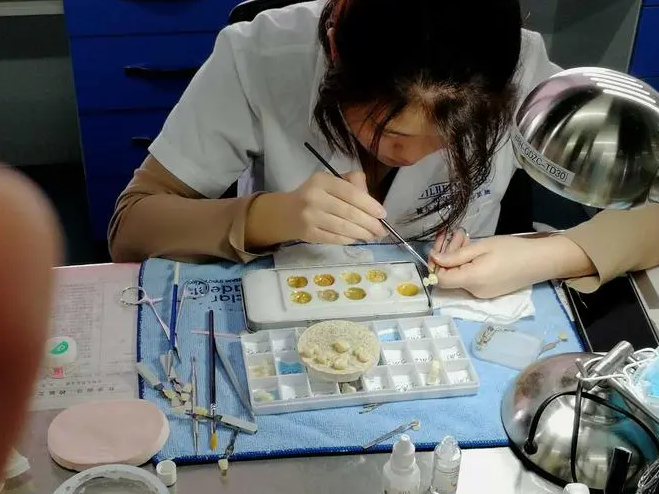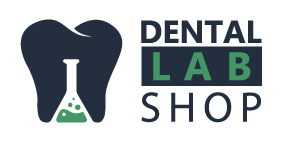Cobalt chrome dentures are a type of full or partial denture made out of a metal alloy containing cobalt and chromium. They are a great option for those looking to restore their smile and regain their confidence. This article explains what cobalt chrome dentures are, their benefits, how to find the right ones, and how they are produced in a dental lab.
Cobalt chrome dentures are designed to be durable, comfortable, and aesthetically pleasing. They are custom-made to fit the patient’s mouth perfectly and provide a natural look and feel. They are also more resistant to corrosion and more long-lasting than other types of dentures. Additionally, they are designed to be easy to maintain.
To find the right cobalt chrome dentures, it is essential to find a qualified dentist who can create a custom-made mold of the patient’s mouth and design a set of dentures that fit the patient’s unique needs and preferences. Once the mold is created, the dentist will take a variety of other measurements, such as the shape of the gums and the size of the teeth, to ensure a perfect fit.
Cobalt chrome dentures are produced in a dental lab using various equipment and tools, including a porcelain furnace, a vacuum casting system, a vacuum mixer machine, a wax warmer, an articulator, and a dental electrolytic polisher. The lab must also have the necessary supplies such as sandblasting media, wax, porcelain dental powder, and dental plaster. The production of cobalt chrome restorations requires the use of various equipment and tools such as a dental vacuum mixer, dental pindex machine, wax warmer, and burnout oven.

When producing cobalt chrome dentures in a dental laboratory, it is important to have access to a range of equipment and tools that can help ensure high-quality results. Below is a list of some of the basic laboratory equipment and tools that are typically used:
- Dental Vacuum Mixer: A vacuum-driven machine that mixes different types of dental materials to create high-quality mixtures without introducing bubbles or impurities.
- Dental Pindex Machine: Used to create pre-drilled holes in a wax block, which is used to accurately transfer crown preparations from the wax slab to the dental model, ensuring a perfect fit.
- Wax Warmer: Used to heat wax into a liquid state to create a wax pattern.
- Burnout Oven: Used for burning out the wax and fusing the cobalt chrome alloy.
- Crucible: Used for handling the crucible containing the melted cobalt chrome alloy.
- Centrifugal Casting Machine: Used to cast the cobalt chrome restoration using centrifugal force.
- High-speed Grinder: Used for polishing, finishing, and separating the cobalt chrome restoration.
- Abrasive Tools: Used for finishing and polishing the restoration, including diamond burs, mounted stones, and polishing pastes.
- Dental Micromotor: Used for fine adjustments to the restoration’s shape and size.
- Dental Handpiece: Used for holding the burs and abrasive tools.
- Dental Electrolytic Polisher: A device used to smooth and polish the surfaces of dental work, creating a smooth surface that is free of impurities and distortions, and is resistant to corrosion.
- Articulating Paper: Used for checking the occlusal surface of the restoration.
- Laboratory Workbench: Used for holding the equipment and tools during the production process.
Having access to these tools and equipment can help dental technicians produce high-quality cobalt chrome dentures that are both functional and aesthetically pleasing.
Procedures in laboratory
Producing a cobalt chrome denture requires specialized equipment and techniques that are best performed by a skilled dental lab technician. With precision and care, the technician can create a denture that is comfortable, durable, and aesthetically pleasing for the patient.
Step 1: Creating the wax model The first step in producing a cobalt chrome denture is for the dental technician to create a wax model of the patient’s denture. This is done by using a dental impression of the patient’s mouth to create a model of the teeth and surrounding gum tissue. The technician will then use wax to create a replica of the teeth and gums that will be used to make the final denture.
Step 2: Vacuum casting Once the wax model is complete, it is placed in a vacuum casting machine. This machine uses heat and vacuum pressure to transform the wax into a solid, metal-like material. This process is critical to ensuring that the final denture is of high quality and accurately reflects the patient’s oral anatomy.
Step 3: Heating and molding The metal is then heated to a high temperature and placed in a mold that is the exact shape and size of the patient’s mouth. The metal is allowed to cool and harden in the mold before being removed and polished.
Step 4: Sandblasting After polishing, the denture is sandblasted with a special media to create a surface that is smooth and porous. This process helps the denture bond to the patient’s gum tissue, creating a secure fit.
Step 5: Milling The final step in the process is to use a milling machine to create the final shape of the denture. This ensures that the denture is an exact fit for the patient’s mouth and comfortable to wear.

Want to set up or update the dental laboratory?
Are you looking for the best dental laboratory equipment and supplies for your business? Look no further than us! We have a wide range of options for you to choose from, and our experts can provide you with tailored suggestions to ensure you get the best deal. With our help, you can set up the perfect dental laboratory and make sure your business is running smoothly. Contact us today to get started!

